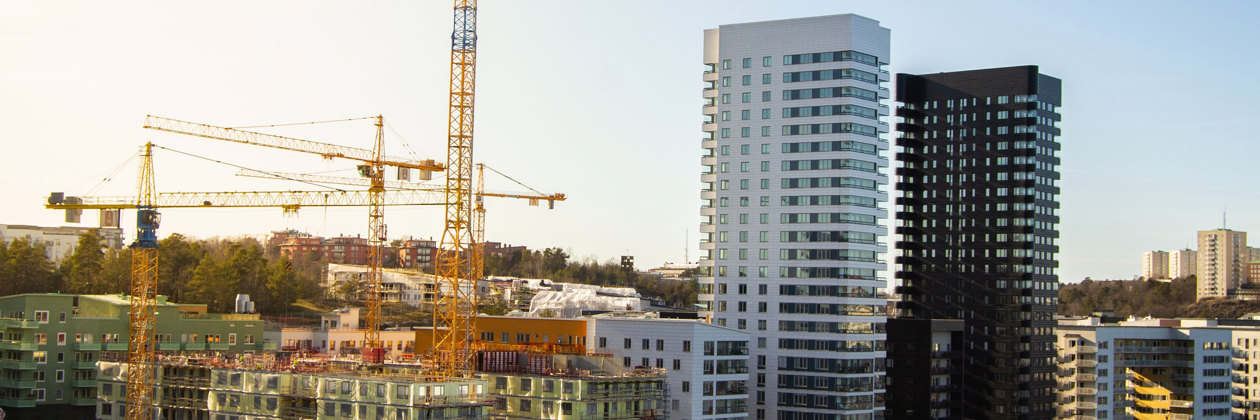Infrastructure and system design
Considering the technical infrastructure is crucial. In new construction, the advantage lies in the ability to design systems and the technical infrastructure from scratch. Identifying needs early on allows mapping out required functions and ensuring integration with other systems.
For an older property, a different strategy is necessary. The focus should primarily be on evaluating existing technology and infrastructure. Simple modernization measures, like replacing a heating or ventilation controller, often establish the groundwork for the technical infrastructure, leading to streamlined management and energy savings. Modernization projects in stages are common for older properties, making it easier to prioritize profitable improvements and budget accordingly.
Energy efficiency and operational optimization
In newly constructed properties, there are significantly reduced heat losses and optimal performance in terms of heating and ventilation system capacity. Hence, it is vital during new construction to systematically incorporate energy-efficient features based on the property's structure and operations. Moreover, the application of artificial intelligence and machine learning offers additional opportunities for operational optimization. Identifying opportunities in existing properties necessitates access to historical data to verify the property's energy performance. The ability to trace energy consumption is also essential to implement the appropriate measures.
Compatibility, communication, and future-proof systems
To ensure a future-proof system, careful consideration of compatibility and communication is essential. In new construction, the advantage lies in the ability to create an entirely new system where all devices and components can seamlessly communicate with each other.
In the case of older buildings, various challenges may arise due to existing systems and components being incompatible with modern property technology. Implementing open systems is crucial for long-term sustainable buildings. Opting for solutions that are flexible and compatible with open protocols and technologies helps avoid being constrained by outdated technology and dependency on a single supplier.


